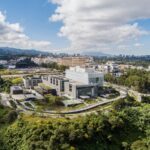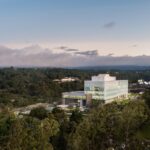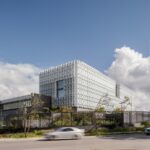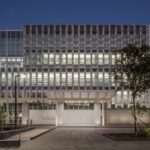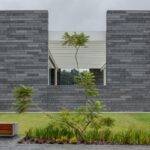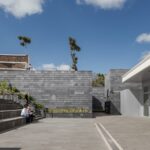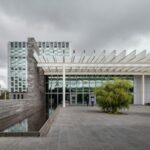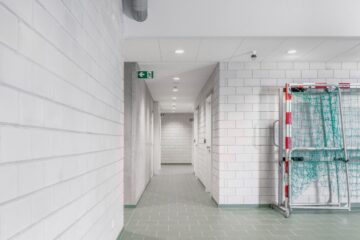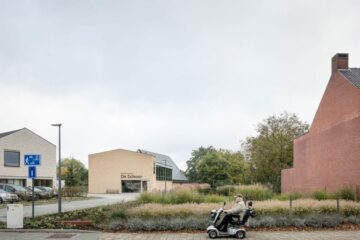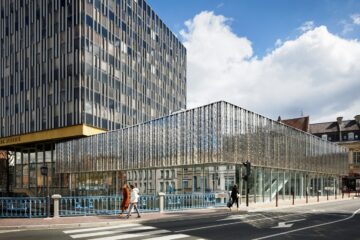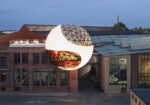Diplomatic Elegance: U.S. Embassy in Guatemala City
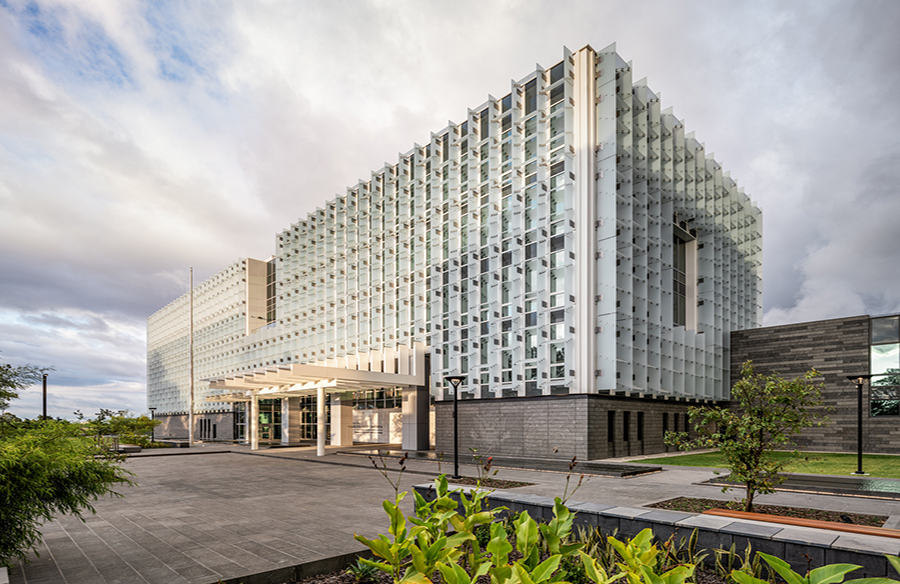
A Symbolic Hub of Diplomatic Relations
Situated nine kilometers southeast of Guatemala City’s historic center, the newly constructed U.S. Embassy stands as a testament to the significant diplomatic ties between the United States and Guatemala. Encompassing an 18,800-square-meter chancery building and support structures, the embassy, designed by The Miller Hull Partnership, serves as a crucial gateway, offering the first impression of the United States to many prospective Guatemalan visitors.
Masterful Integration with Challenging Topography
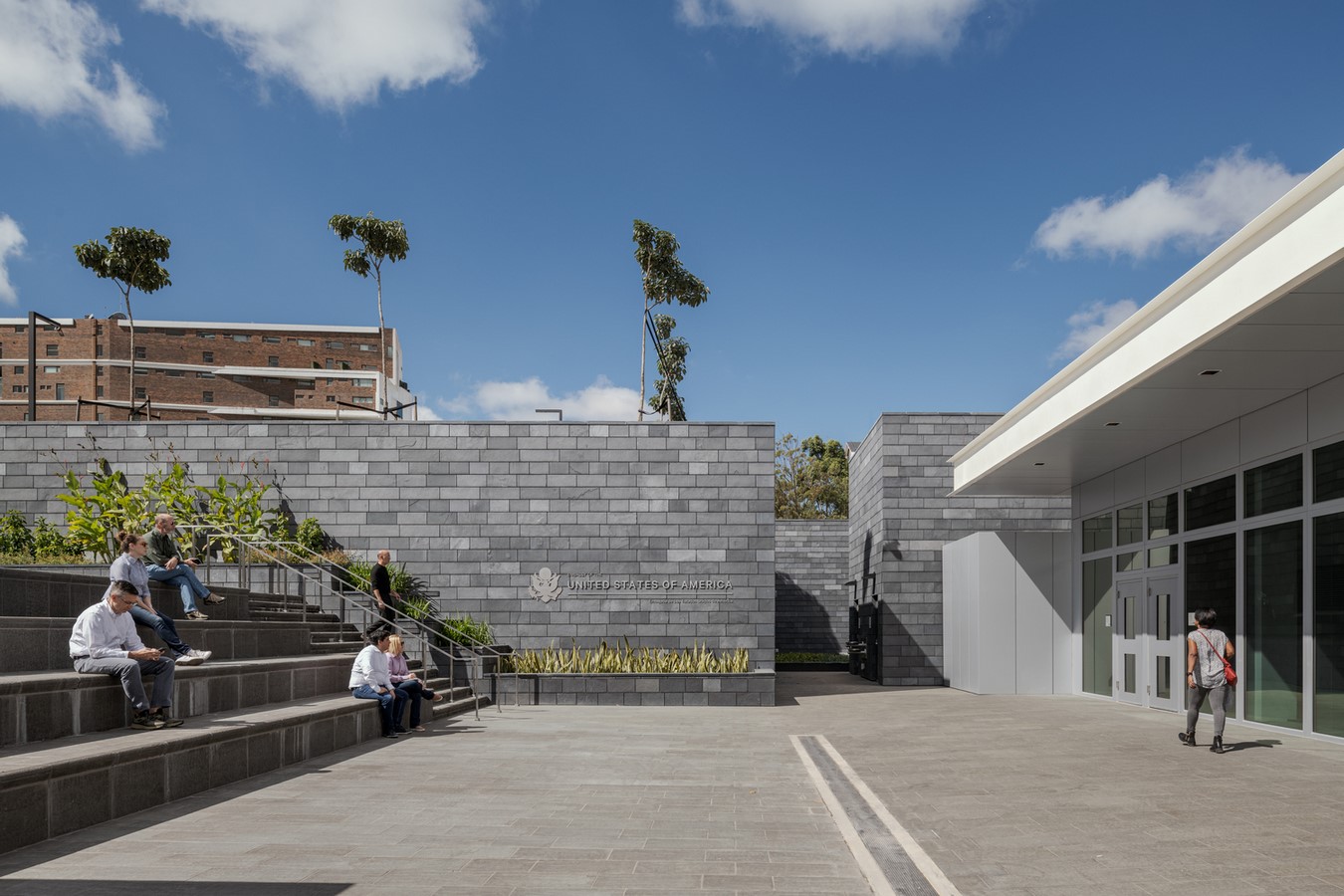
Nestled in a small, steeply sloping lot surrounded by a mountain valley and dense forested ravines, the embassy’s design tackles the challenging topography with innovative terracing methods. This approach not only stabilizes the extreme landscape but also organizes the site efficiently, allowing for expansive outdoor gardens for both visitors and staff.
Architectural Harmony: Stone Base and Glass Tower
The office building gracefully emerges from the ground as two harmonious elements: a solid stone base and a transparent glass tower. The stone base, inspired by Maya architecture, reflects an earthy quality, seamlessly blending with the surroundings. In contrast, the glass tower signifies openness and transparency, symbolizing the optimistic diplomatic relationship between the two nations. Communal spaces converge around a central courtyard, forming the heart of the building, while a spacious plaza and consular garden offer a welcoming environment for consular visitors.
Environmental Integration and Sustainability

Adjacent to significant green spaces like Parque Ecologico Jacarandas de Cayala, the embassy’s design prioritizes the creation of extensive forested areas and native vegetation. This not only links the embassy to the existing green spaces but also provides essential benefits such as water recharge, natural disaster protection, and biodiversity preservation.
Exceeding Energy Efficiency Standards
Dedicated to surpassing Federal Performance Goals, the embassy demonstrates a commitment to energy efficiency and renewable energy. The design achieves a remarkable 26.5% reduction in energy consumption compared to a similar new building, with 9% of the office building’s energy sourced from solar photovoltaics. Wastewater treatment and reuse onsite contribute to resource conservation, while stormwater runoff is managed through detention tanks, mitigating risks to water quality and slope stability. The embassy stands as an exemplary model of sustainable and sophisticated diplomatic architecture.




